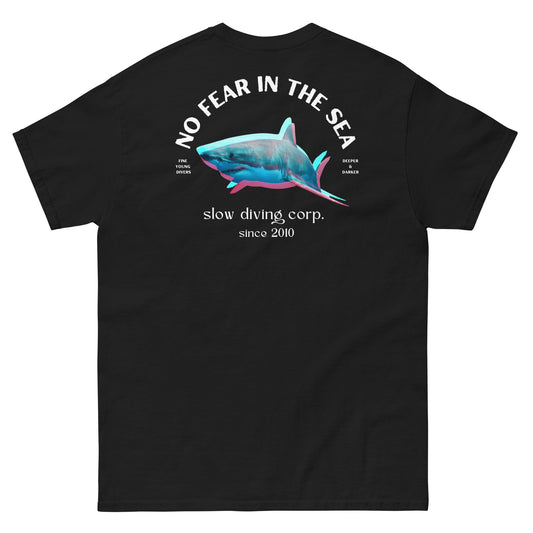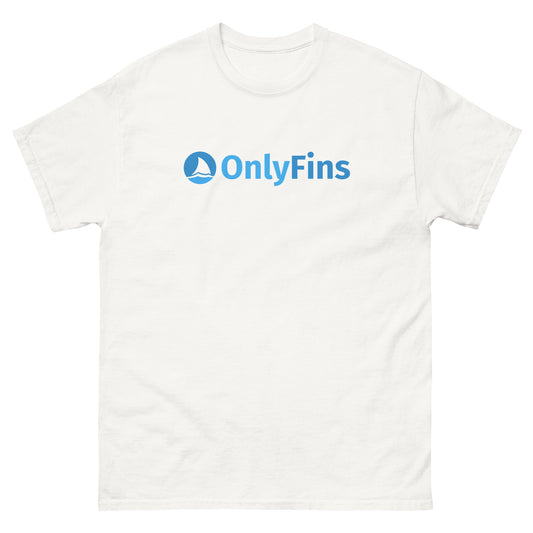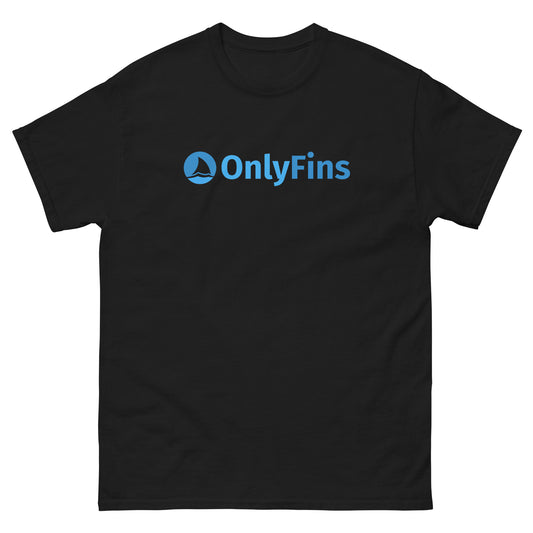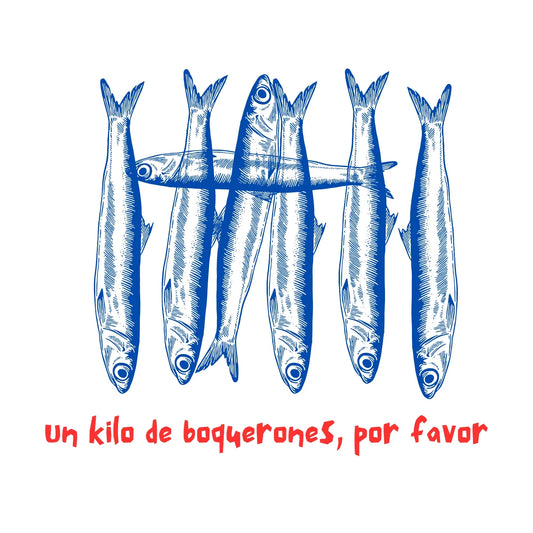Whether because we have to or simply because it is the time of year that we like the most, we usually (especially in the northern hemisphere) take a large part of our summer vacation, mainly July and August. It is true that it is a trend that is changing but we know well, because of the many requests we receive for trips in August, both individual and group quotes, that many divers decide to make their expected annual diving trip during these months.
We tend to believe that between monsoons in the Indian Ocean and heavy rains in Asia or extreme heat in such popular areas as the Red Sea, the options are few... but nothing could be further from the truth. In fact, summer is the best time of the year to dive in some of the best destinations in the world!
T-shirts designed by divers for divers
VIEW MORE T-SHIRTS FOR DIVERSThese 5 destinations are the first part of "The best diving destinations in summer" post:
1. Galapagos (Ecuador)
Yes, we know that any time is good for diving in Galapagos, we get it. But if want to dive with the biggest whale sharks in the ocean, it is from June on when you have to consider your scuba diving trip to Galapagos.
In Galapagos we have two diving seasons, the wet and the dry. During the dry season, more or less from June to December, the Humbolt current runs from the Antarctic bringing cooler water but loaded with nutrients and plankton passing directly through Galapagos Islands. That's what whale sharks have known for millions of years, they go to binge and save reserves during this time.
Although the water temperatures are cold (between 19 and 23 ºC) and the sky may be cloudy, in summer there are more chances to find spectacular schools of hammerhead sharks. In this video you can see this glorious whale shark passing through the Galapagos during the month of July, by the way.
One thing we always advise is to book your diving trip to Galapagos at least 6 months in advance to find the best life boats on board and get the cheapest plane tickets.
You can find all-inclusive diving trips to Galapagos by diving travel agencies from around € 6,000. You can also organize flights on your own and book online your liveaboard in Galapagos PADI website from only € 3,700. No, it is not a cheap destination, but it is the best place in the world to dive with big fish! View liveaboard deals in Galapagos
2. Azores (Portugal)
Azores is a near destination (for Europeans, of course), budget and exciting, able to offer diving with blue or mako sharks, mobulas and the possibility of interesting excursions, both on land and sea in search of cetaceans. Also you can take with you your family or non-divers companions as there are many interesting things to do for them.
Summer, it is the only time of the year in which diving can be done in good conditions in Azores. From June to October will be when diving centers (here there is only one liveaboard in Azores) will take you to the seamounts of Princess Alice, Condor Bank or Dollabarat to dive with sharks and jacks near the island of Faial, or take you from Santa Maria in search of the mobulas. And if you are very, very lucky you will have the opportunity to spot whale sharks followed by large schools of tunas.
From salt motion
There are several agencies with which we collaborate that are offering diving trips to both Faial and Santa Maria for about € 1,300 per person final price.
3. Komodo (Indonesia)
Although we can consider April as the best time to dive in Komodo, just after the rainy season, during the summer months, from June to August, there is a greater concentration of plankton in Komodo which attracts manta rays and dight dives are even more spectacular. The night dives in Komodo are specially beautiful this time of the year, when your torch will reveal how the waters of Komodo, especially in the south, become a soup loaded with microscopic animals that feed the ocean. Macro diving during summer time is very interesting in Komodo with lots of amazing critters like frog fish, flamboyant cuttlefish, orangutan crabs...
Liveaboard Diving Offers up to 67% Off
SEE THE BEST LIVEABOARD DIVING DEALS WORLDWIDE
In summer the visibility is reduced slightly by that amount of food and the currents, already strong in Komodo anytime of the year, intensify, but the experience of diving with dozens of huge manta rays in areas such as Manta Alley is priceless. During the summer months the rain is almost non-existent which also allows to make super interesting excursions to, among other places, the National Park to visit the Komodo dragons.
From Johan Nurminen
In Komodo you can find many liveaboards in many different routes. We have dived Komodo in the Mermaid II and is highly recommended. View liveaboards availability and prices in Komodo
4. Bali (Indonesia)
Following with Indonesia, ideal country as you see to dive in summer (the Lembeh Strait is also a good option), Bali is another perfect destination to include in this article, especially if you look for destination for August.
Very suitable for those who prefer to dive from shore, stay in a resort and avoid liveaboards, Bali is one of those places where you can dive all year round but where the best conditions are from April to August. During the dry season in areas such as Tulamben, where lies one of the best wrecks in the world, the USAT Liberty, in summer you can have up to 40 meters of visibility and in Bali it is at this time of the year when you can find more pelagic creatures find such as manta rays, sharks and the famous giant sunfish in diving spots around Bali like Crystal Bay.
5. Cocos Island (Costa Rica)
Unlike in Galapagos, summer is the wet season in Cocos Island and its waters are also more loaded with nutrients than usual, attracting manta rays and the largest schools of hammerhead sharks that you can find throughout the year. Also dolphins, white tip sharks and whale sharks can be spotted in summer although in smaller size and quantity than in Galapagos.
The water is quite cold at this time, the visibility is somewhat worse (especially in July and August) but mainly because of the large amount of nutrients that call the largest pelagic creatures of the ocean. Sea conditions for navigation can be somewhat heavy at this time but the reward is extraordinary as you can see here:
As it happens in Galapagos, it is a very demanded destination and the liveaboards of Cocos are usually fully booked months before departure, here you can see availability of liveaboards in Cocos in the coming months.
6. Ribbon Reef, Great Barrier Reef (Australia)
The Australian Barrier Reef is perhaps one of those destinations that is always on every diver's mind, but that we tend to put off because it is remote (and not cheap). This coral system, vital to the health of the planet's oceans, is undoubtedly one of the most biodiverse places on earth and is home to spectacular pelagic species throughout the year. In the Cairns area we find Ribbon Reef, the most pristine and solitary reef of the Great Barrier Reef, where in summer we can find a very special visitor: the curious Minke whales, which can be seen migrating in June and July. You can also dive with the famous and gigantic potato groupers (Epinephelus tukula), sharks, turtles...
Diving the Ribbon Reefs on Australia's Great Barrier Reef
We have already said that it is not a cheap trip, but you can find liveaboards from 1,100 €... not including flights of course.
7. Guadalupe (Mexico)
If one of your dreams is to come face to face with great white sharks, Guadalupe is your destination and summer is your time. Only from June to October you can participate in these unique expeditions in the Mexican Pacific, focused on diving in a cage at 15 meters and see how different white sharks approach and test the resistance of our cage. A more than exciting experience suitable only for true lovers of this beautiful predator.
Hoodies Designed for the Deck of Your Liveaboard
SEE MORE SWEATSHIRTS FOR DIVERS
From Erick Higuera
These options are only available through liveaboard starting at around €2,000 and it is highly recommended to book about 5 months in advance as they fill up very quickly.
8. Sipadan (Malaysia)
Sipadan, a Malaysian island in the Celebes Sea, is a place with the perfect mix of macro and pelagic diving, where you can dive all year round, but especially in the months of July and August the conditions are much better. It is an easy diving area, very suitable for beginners, with perfect surface conditions, no waves or currents on the bottom and where we can find extraordinary visibility up to 40 meters in many areas.
During the summer you will dive with many green and hawksbill turtles and find huge schools of jacks and other carangids, barracudas, groups of impressive buffalo parrotfish, whitetip sharks, tunas almost two meters long, Napoleon wrasses...
9. Sardine Run (South Africa)
The Sardine Run is a unique natural event, one of the largest migrations in the world, which brings together some of the largest predators in the world, from blue whales and dolphins to several species of sharks and seabirds, all ready to disintegrate a giant ball of sardines. This spectacle, perfectly visible from the air, which can be more than 7 km long, 1.5 km wide and 30 meters deep, takes place from May to the end of June, when the "little" that remains of the sardine shoal makes its way towards the Indian Ocean.
It is a tough trip, suitable only for experts with several dives in the belt, which is done aboard inflatable boats following the shoal of sardines to where cormorants, cetaceans and large fish mark the entry point, but few dive trips can combine so many predators.
From Shark Explorers
Few diving agencies offer this destination for a bit less than €4,000 for 10 days of intense diving.
10. Yucatan Peninsula (Mexico)
There are several reasons to dive in the Yucatan Peninsula during the summer; one is that it is the low season, so accommodations are quite inexpensive. Also, from June to September, hundreds of whale sharks come to Isla Mujeres and Holbox to snorkel with you. As if that were not enough, loggerhead turtles come to lay their eggs in Playa del Carmen during the summer, and finally, the lights of the Cenotes are more intense in the summer, adding to the beauty of this unique dive site in the world.



























